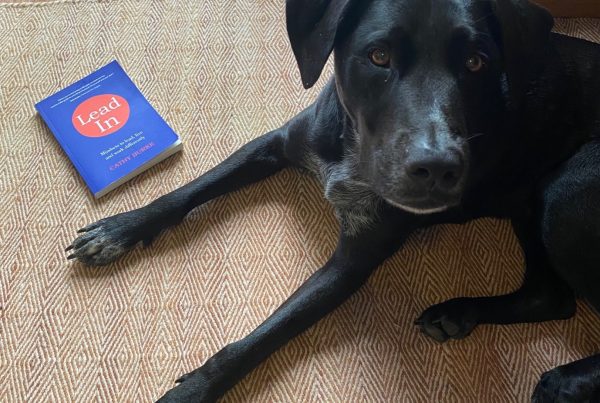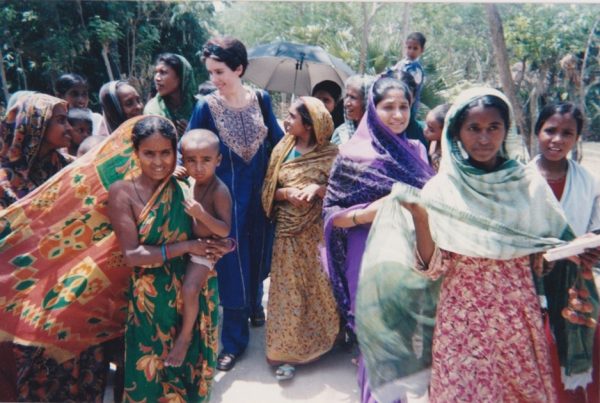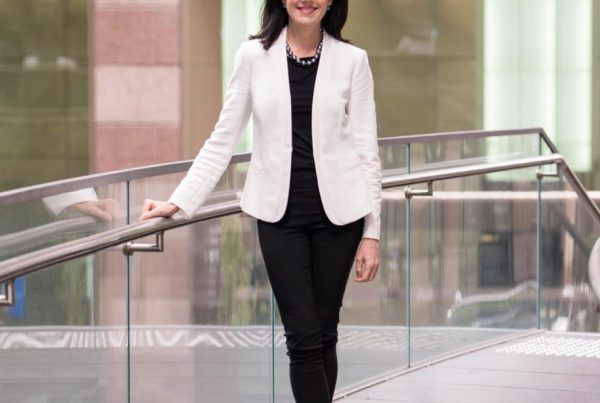Many of us are interested in creating change that spreads and sticks. Maybe we are dreamers who believe a new future is possible. Maybe we’ve suffered through the effects of old limiting structures and want to make it better for the next generation coming through. Maybe we just know something better – more inclusive, more empowering – is possible.
I am definitely one of these people, and you likely are too.
I’ve studied how to create change that sticks for decades, and some of the research I’m doing for my book ‘Today I Saw a Revolution’ sparked this newsletter. I’m curious: Why does some change take root while other initiatives wither? How can positive change in organisations, culture, communities – all those big ideas and changes we want to see – spread to others?
A really interesting perspective on this comes from Damon Centola’s new book Change: How to Make Big Things Happen (Little, Brown Spark, 2021). He ponders on the how and why things ‘go viral’ – and if that helps create lasting change.
When we think of change, Centola argues, we often default to getting something to go ‘viral’. It’s that go-to of having a highly connected person in a social network, or an influencer, spread the message you want. His research shows that that only works when you want to spread something easy – like information or gossip (or a cat video!).
Yet we all know that information on its doesn’t drive behaviour change. It isn’t enough. An influencer, a celebrity, or a CEO excoriating you to eat better, live differently, or work smarter just will not create the change you seek.
Centola’s research shows that change does not spread like a virus. It spreads through the networks around us. Through people like us.
Once exposed to a new idea or behaviour, that new change only takes root when it is guided and nudged through our social networks – our friends, peers, colleagues, neighbours etc. Not through someone removed from us.
In order for any change to spread – including within your organisation, people need to get social reinforcement from people who are like them, and relevant to them. Change comes when people in the same social network hear an idea, find it relevant, and see others like them getting it.
When I look at the widespread change I have seen in the world, in villages and homes, solving difficult conditions required behaviour change. Creating new norms so that girls were valued, sanitation used, or HIVAIDs de-stigmatised did not rely on the contagion effect of seriously placed leaders or influencers.
It happened through making social networks and connection central to the process. This includes involving the community, getting diverse members involved, and providing time and process for reflection and sharing.
I think this provides us with a great template to create lasting change that requires something more from us than forwarding a cat video. It validates the importance of including everyone in a network – not just the chosen few. It shows us the power every-day people – people like us – have to change the world.
I love helping organisations create change that lasts – be it in activating leadership across a wide spectrum; or identifying and embedding new mindsets and behaviours; to building a culture where people lead and impact in a new way.





